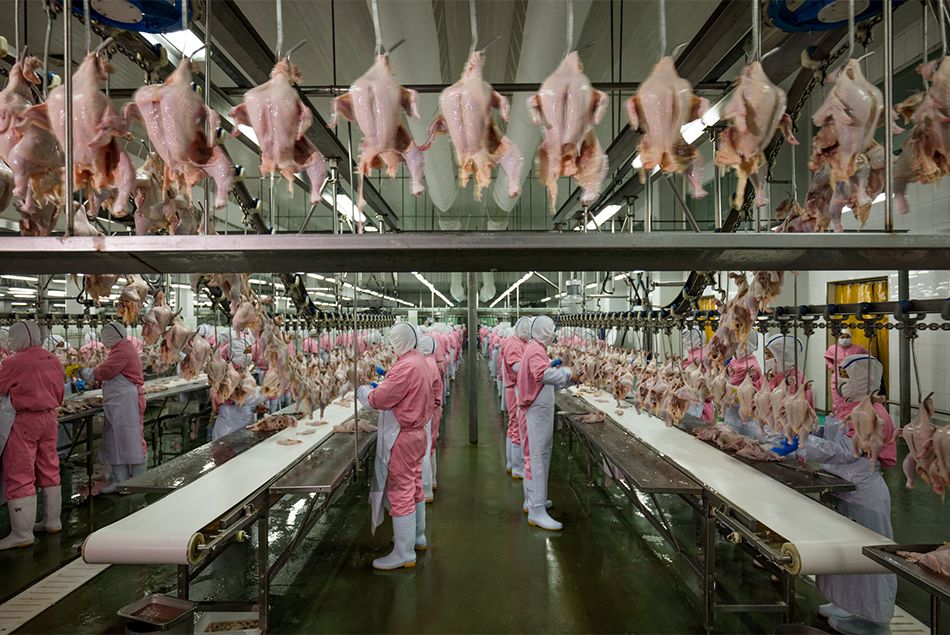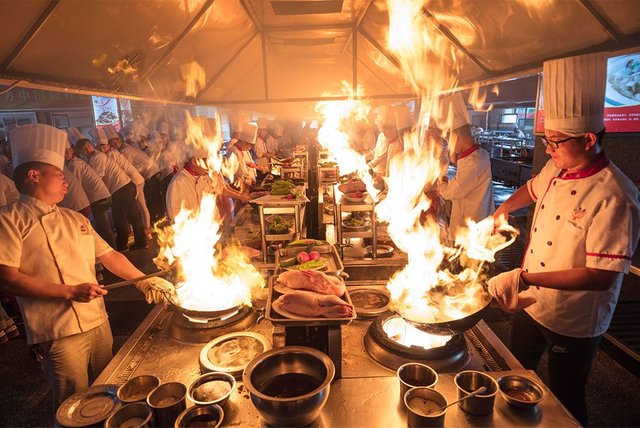Satiate the giant

imbalance between supply and demand in the agricultural sector might seem insurmountable. The country has 135 million hectares of arable land, 15 million of which are polluted or awaiting rehabilitation; the population to feed has 1.4 billion souls.
But in China it is almost impossible to create mega farms similar to those of the West, either because most of the territory is mountainous or desert, and because the set of arable land is divided into about 200 million farms and farms. More than a green cloak, the Chinese agricultural landscape resembles a patchwork.
Jiang and Ping's plots are adjacent to their village, a series of mud-walled houses set in groups along paved roads ending in corn fields.
It is the so-called area of Squadra Sette, a remnant of the collectivist period of Mao's China, when the state imposed the crops on the farmers and took most of the harvest. Jiang and Ping have lived on their skin the great famine that struck the country at the turn of the fifties and sixties; Jiang still remembers that he had eaten bark and boiled leather belts to feed himself.
After 1981, once the collectivist system had been set, the State maintained ownership of the land, distributing the cultivation rights among all the inhabitants of the villages.

Jiang and Ping touched so little more than a hectare of land, divided into four plots. I go to see the farm accompanied by the couple of thirty-six of the couple, employed in a travel agency in Kunming, 1,900 kilometers from the village. We walk towards the end of the road under a clear and torrid sky.
Next to an irrigation canal I notice a small mud lodge and I ask her why a latrine has been placed so close to the water. She opens her eyes. "But it's a temple of worship," he says, looking at me skeptically. I hasten to apologize while she tells me the stevia fields cultivated by her parents: half a hectare of little emerald plants, destined to turn into a sweetener.
Continuing, Yuping shows me the tiny cotton field planted by his under the tapered chimney of a factory; and a couple of miles ahead, along a two-lane provincial, there are fields of radish, lettuce and corn. It would be nice if the farm was a bit more like an American farm, he later told me about his parents. "In China, land is almost always difficult to manage," he explains. "There is a lot of human work and a lot of resources".
The big difference with the western farms lies in the reduced and fragmented nature of the Chinese ones, a nature that is antithetical to the modes of food production of much of the industrialized world. If China is called upon to meet the new food needs of its population with national production, "something will have to change," says Huang Jikun, an agricultural economist at Beijing University.
It is necessary to improve irrigation and to increase mechanization and use of technology, explains Huang. But in order to feed China with what China produces, he adds, it is first of all necessary to expand the small farms of the country.
Always feel good to see you guys meeting each other and spreading love among the community members.